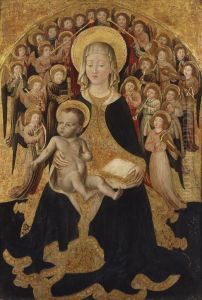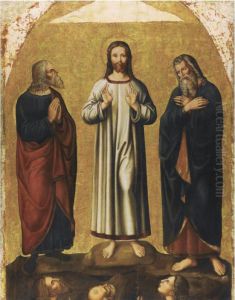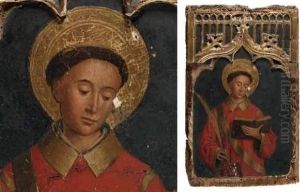Louis Brea Paintings
Louis Brea was an Italian painter of the late Gothic and early Renaissance periods, born around 1450 in Nice, which was at the time part of the Duchy of Savoy but is now in France. His work is primarily associated with the Ligurian coast, straddling modern-day Italy and France, where he was active for most of his life. Brea's paintings are noted for their devout religious themes, attention to detail, and incorporation of the emerging Renaissance ideals into the largely Gothic tradition prevalent in the region at the time.
Brea's artistic career spanned the late 15th and early 16th centuries, a period marked by significant transitions in European art, as the Renaissance's humanistic values began to permeate the more rigid and spiritual Gothic tradition. He was deeply influenced by the Provençal and Italian schools, merging these styles into a distinctive approach that made him a sought-after artist for church commissions in the region.
Little is known about Brea's early life and training, but it is believed that he was part of a family of painters, which included his brother Antoine and possibly his father. This familial workshop environment would have provided him with a comprehensive apprenticeship in the arts. His works, such as altarpieces and frescoes, were known for their vivid colors, detailed landscapes, and expressive figures, illustrating both his mastery of the techniques of his time and his innovative approach to composition and storytelling.
Among his notable works are the altarpiece of the Church of Saint-Dévote in Monaco and several pieces in the Cathedral of San Michele Arcangelo in Ventimiglia. These works exemplify his ability to blend the spiritual intensity of Gothic art with the emerging realism and perspective of the Renaissance. Louis Brea's contributions to the art of his region have made him a significant figure in the study of Franco-Italian art at the dawn of the Renaissance, bridging the gap between two major artistic periods and cultures.


